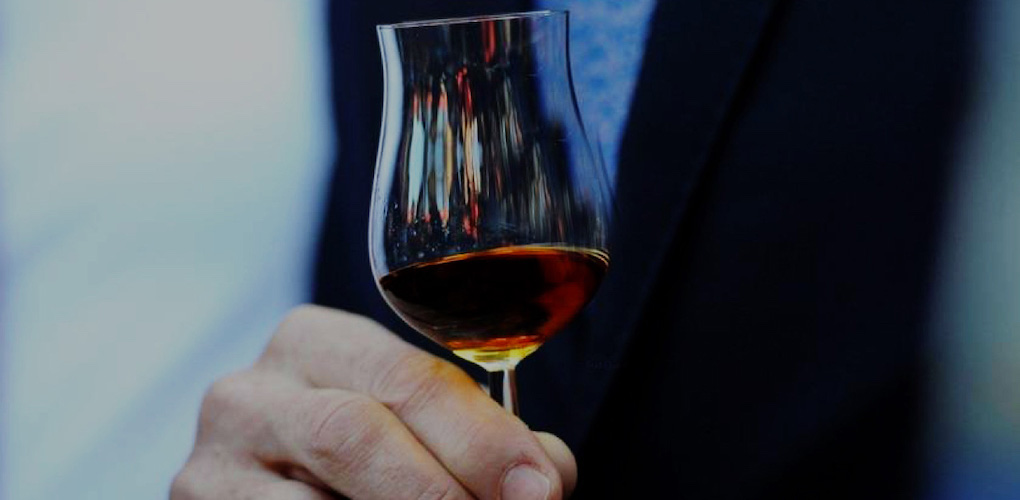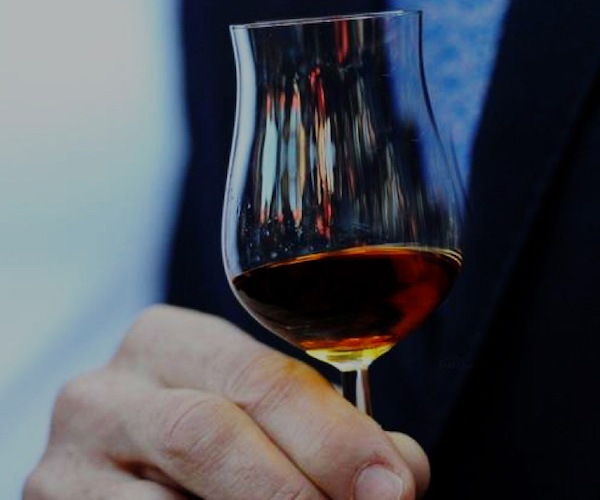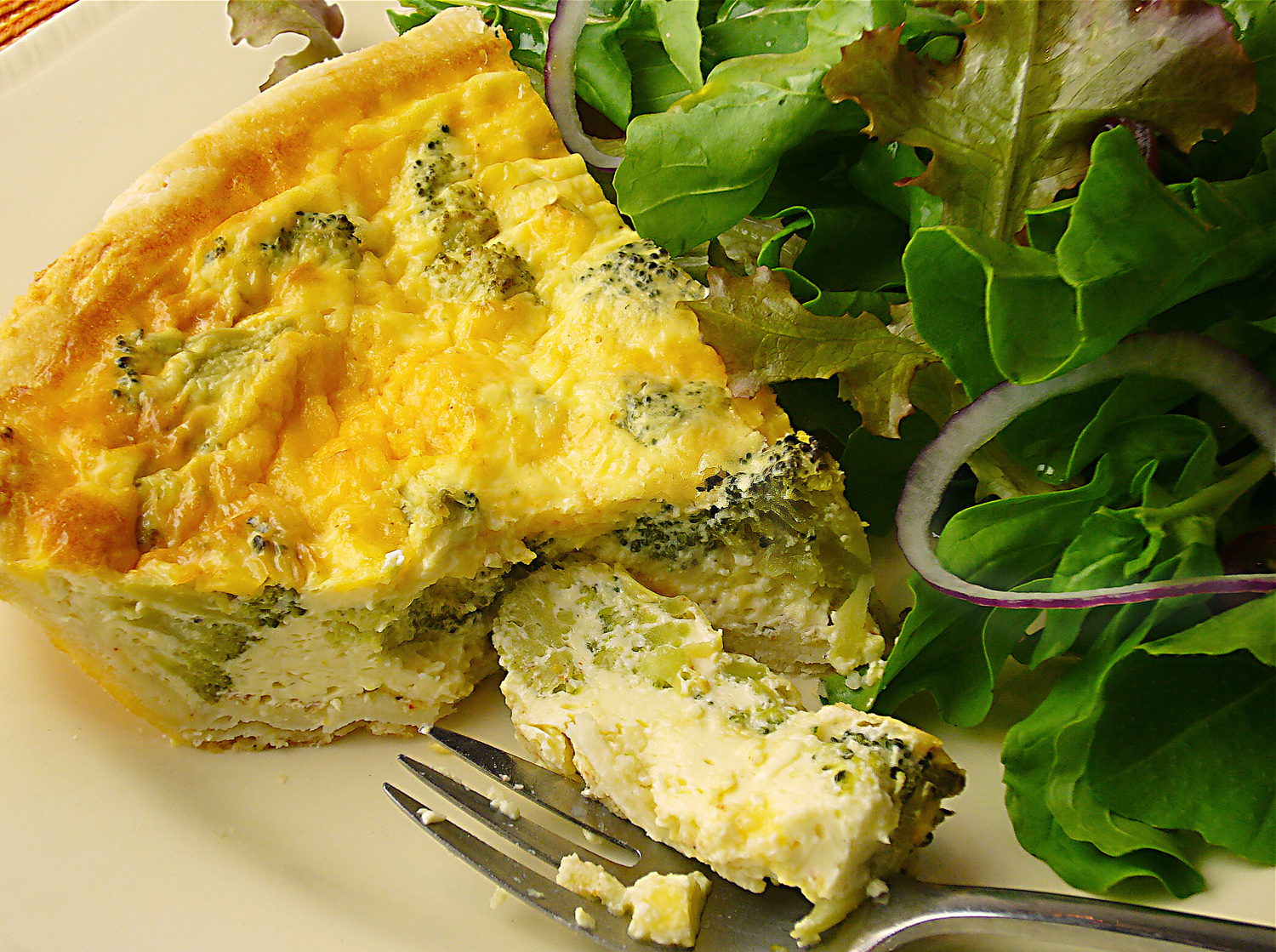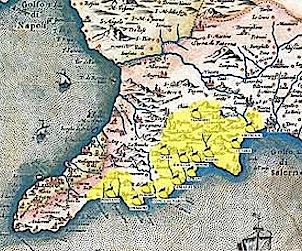Patricia Noonan provides a primer on the original brandy…

There’s a saying; all Cognac is brandy but not all brandy is Cognac. And that’s true because Cognac brandy is one of the original brandies from an area of the same name. Cognac is in Southwest France and the brandy produced here comes from grapes grown in six sub-regions. The grapes are mainly Ugni Blanc but Folle Blanche and Colombard are used as well. In descending order of quality, the de-limited growing regions are Grande Champagne, the best region of production with the highest chalk content in the soil. Petite Champagne is next, followed by Borderies, Fin Bois, Bon Bois and Bois Ordinaire.
Quality designations on the label are important as they tell you how long the brandies in the blend have been aged in cask. (Yes, cognac brandies are almost always a blend of different aged spirits and this is done to maintain a brand profile in aroma and taste.)
VS – VS stands for ‘very superior’ and must be aged for a minimum of two years in French oak casks and often the minimum age in the blend is more.
VSOP – This stands for ‘very superior old pale’ and cognacs must be a blend containing no younger than spirits that are four years old and as mentioned above, the minimum age of the spirit is a guideline.
XO – This stands for ‘extra old’. Cognacs must be a minimum of six years and with top producers, many much older aged cognacs are comprised in the house style blend. Sometimes an XO may be referred to as a Napoléon on the label instead.
Limousin and Troncais forests are where the oak for cask production is sourced in France. The oak, once cut down and aged outside for several years in pallets before cooperage, offers the vanillin and spice elements distinct to aged Cognac.
Fine Champagne – This indication on the label indicates that the cognac is comprised of at least fifty percent Grand Champagne blended with the remainder from Petite Champagne, the two prized crus of Cognac, France.
Below is a selection of cognacs I’ve tasted recently and are available in the LCBO and many fine bars and restaurants in the city.
Camus VS Elegance Cognac
Bright gold with fresh floral aromas, vanilla, dried cherry, plums and peppery flavors into a long finish, especially persistent fruitiness combined with cinnamon spice and notes of tobacco leaves.
Remy Martin 1738 Accord Royal
This commemorative bottling of cognac celebrates the rare royal license granted to Mr. Remy Martin’s excellent craftsmanship as recognized by King Louis XV of France. The blend of 65% Grande Champagne and 35% Petite Champagne (also known as Fine Champagne) is a brilliant copper with aromas of candied fruit, especially orange, with notes of dark chocolate. Full flavoured on the palate with oak age elements like cinnamon, ginger and dried fruit flavour replays into a distinctive finish.
Martell VSOP Medallion Cognac
Another Fine Champagne example, Martell has vanilla and dried fruit aromas of date, plum and bright orange peel notes. Fruit cake and baking spices abound on the palate. A well-rounded spirit with a lengthy, oak spiced finish.
Hine Rare VSOP Cognac Fine Champagne
Coppery gold, the Hine VSOP has dark plummy fruit and vanilla aromas as well as a slight nuttiness. Velvety yet spiced fruitiness on the palate, this is a lively yet elegant cognac with wonderful depth of flavor carrying into an elegant finish.
There are many bars and restaurants using fine cognacs in cocktails these days; there are no rules, except in the delivery of this original brandy from France.
Sante!
Photo credit: cognac.fr







